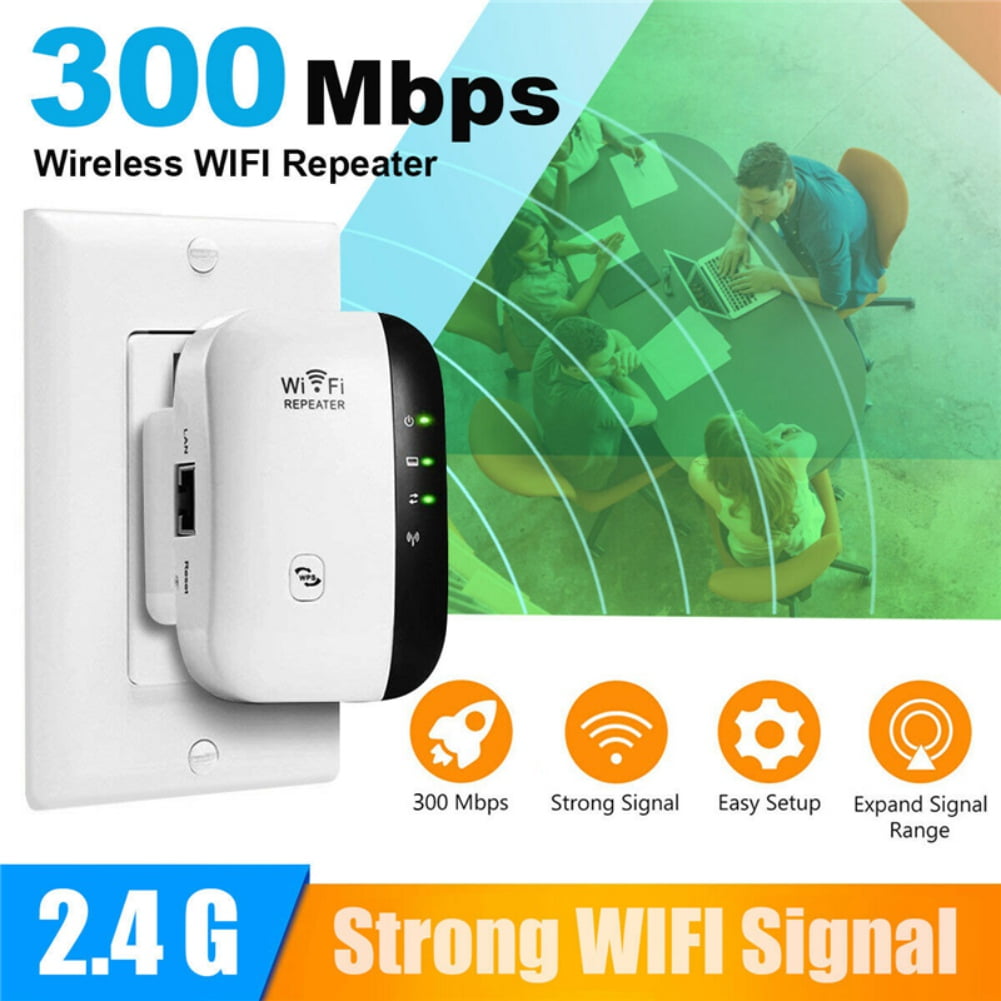

One way is to buy a long Ethernet cable (keep it under 300 feet), plug it into the modem and the router, and move the router yourself. If your router is in a suboptimal spot (the basement, for example), try moving it. A router tucked away in a corner may not have the range to travel to the other side of the house, or from the second floor to the basement, because the signal degrades the farther it gets from the source. They tend to do best when set up in the center of a home, allowing the signal to reach out in every direction. Next, you’ll want to assess the placement of your router. You can then move around with your laptop to different areas of your home to see how fast WiFi is at different locations. First, run it with your laptop plugged into your router to check your speed in the best-case scenario. You may want to run this test a few times. You can easily run a speed test using a service like to see what you’re really getting. If you’re not paying for that, or if you don’t have access to that kind of speed where you live, a brand-new router won’t help you. You’ll need a connection of at least 25 megabits per second to stream Netflix video for 4K TV, for example. But don’t be too hasty-there may be other factors at play.įirst, take a look at a bill from your ISP to see what level of broadband you’re paying for. Using an Ethernet cable ,plug your computer directly into your router and run a speed test to determine if the speed quality is correct for what your ISP is providing and can handle additional users on the line speed being received.If your WiFi connection is noticeably sluggish, you may be tempted to write off your current router as a dud. This distance of this coverage is determined by the frequency band used, any physical obstructions in the way, the output power of the router and the number of users connected at the same time.Įnsure that the internet coming into your house is performing at its optimum.

Routers have a set coverage area which they broadcast a signal.

The very best was to improve your WiFi signal throughout your home or office is to hard wire a data cable connection between the repeaters or routers and not rely solely on a wireless connection. As much as these devices assist to improve the signal, they are not always a full proof solution and the signal can still be unstable. We then turn to signal boosters, WiFi repeaters, range extenders and the like to improve the WiFi signal. Sometimes the WiFi internet signal doesn’t meet our expectations and reach all the areas in our home or office.


 0 kommentar(er)
0 kommentar(er)
